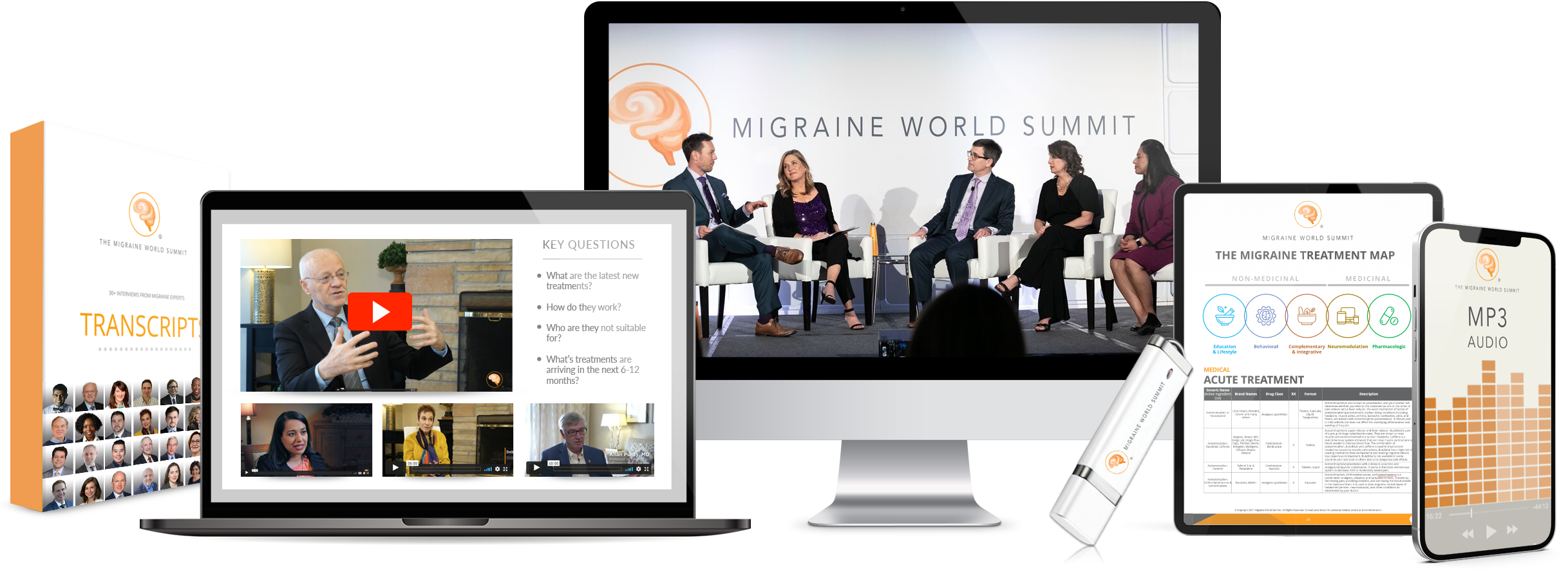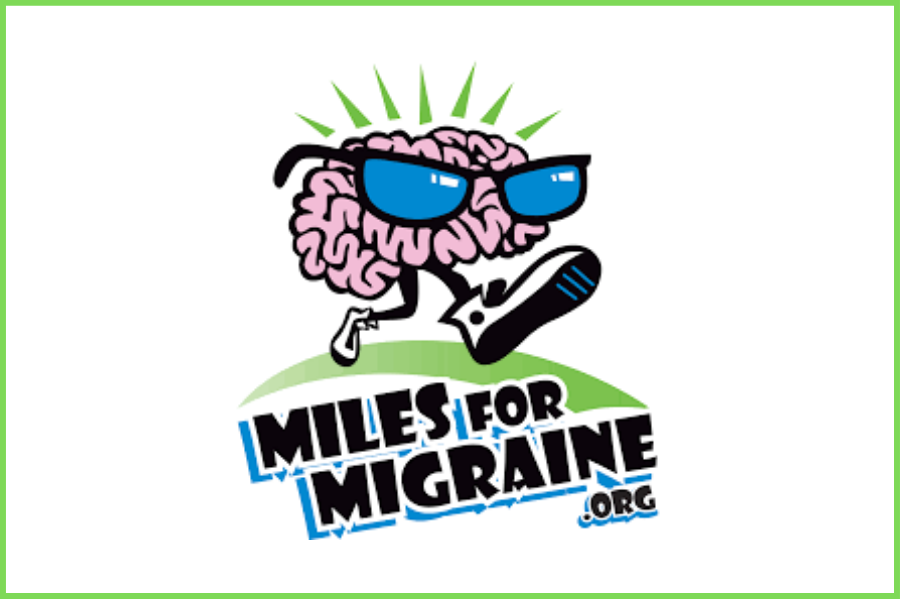How We Got to Now: A History of Migraine
You are currently watching a preview of this interview. Unlock the full version by upgrading to an Access Pass bundle! Get FREE access to 8 expert interviews from Day 1 and Day 2 when you register today!
Key Questions
- What led Dr. Foxhall to investigate the history of migraine disease?
- When and where does the history of migraine begin?
- What was thought to be the cause of migraine starting in the second century?
- Was migraine disease taken seriously throughout history?
- How was migraine described throughout history?
- When did migraine become thought of as a disease of the brain and nervous system?
- What can we learn from the history of migraine?
- How did 18th century tensions between England and France cause migraine to be taken less seriously?
- When did migraine become a disease associated with women, especially poor women, and intellectual men?
- How did migraine treatments change over history?
- What types of herbs were used historically to treat migraine, and why?
- What historical migraine treatments are still in use?
- What reasoning led people to grind up earthworms as a treatment for migraine?
- Why did people let blood or use leeches to treat migraine?
- How does the recent history of the understanding and treatment of migraine differ from the past?
- When did migraine disease become of interest to many medical specialities?
- When and why did migraine come close to splitting into many different diseases?
- What happened in the 1980s to revolutionize the treatment of migraine?
- Why does the history of migraine make us hopeful today?
- What is the migraine art collection? Why was it almost lost?
- What can we learn from migraine art?
- How was Dr. Foxhalls’ book, Migraine: a History funded?
Interview Notes
Find more about Katherine Foxhall and her work here:
- Headache on the Hill
- International Headache Society’s International Classification of Headache Disorders
- Migraine Art: The Migraine Experience from Within by Klaus Podoll
- “Witness to Pain: The Migraine Art Collection,” an essay by Katherine Foxhall
- Migraine: a History by Katherine Foxhall
- Joan Didion’s essay on migraine, “In Bed”
Treatments Mentioned
- CGRP monoclonal antibodies
- Earthworms
- Feverfew
- Gepants
- Herbal remedies
- Lavender
- Letting blood
- Rosemary
- Sage
- Triptans
Please note: The Migraine World Summit’s aim is to bring you a variety of perspectives and expertise, independent of bias or judgment. Alternative theories presented in this video have not been medically reviewed. Views expressed in this interview do not necessarily represent the views of the Migraine World Summit. Please always consult your health care professional and do your own research before making changes to your treatment plan.

Katherine Foxhall, PhD
Historian & Author
Migraine: A History

Get all the 2025 interviews, videos, audio, transcripts, and more. Why upgrade?
- Can’t attend live? Watch anytime
- Prefer reading or listening? Get transcripts and audio
- Want to dive deeper? Explore the additional footage & resources
- Need ongoing support? Reference expert advice year-round
- Lifetime access to 2025, no annual fee
Related Talks for: Day 6 (2022)
Chronic Cluster Headache
Christopher Gottschalk, MD, FAHS
Learning How to Sleep Better with Migraine
Alex Dimitriu, MD
Navigating COVID with Migraine in Europe
Patricia Pozo-Rosich, MD, PhD
Miles for Migraine is a registered 501(c)(3) nonprofit organization with the mission of improving the lives of people with migraine and other headache disorders, and their families, by raising public awareness about this disease, and helping to find a cure. Miles for Migraine produces fun walk/run events, typically a 2-mile walk and 5K and 10K races to raise money for migraine research. We also host adult education days, and a youth program for kids and teens impacted by migraine and other headache disorders.

You can comment at the bottom of each interview page. Most pages have responses from the Migraine World Summit hosts and sometimes from the experts themselves!






